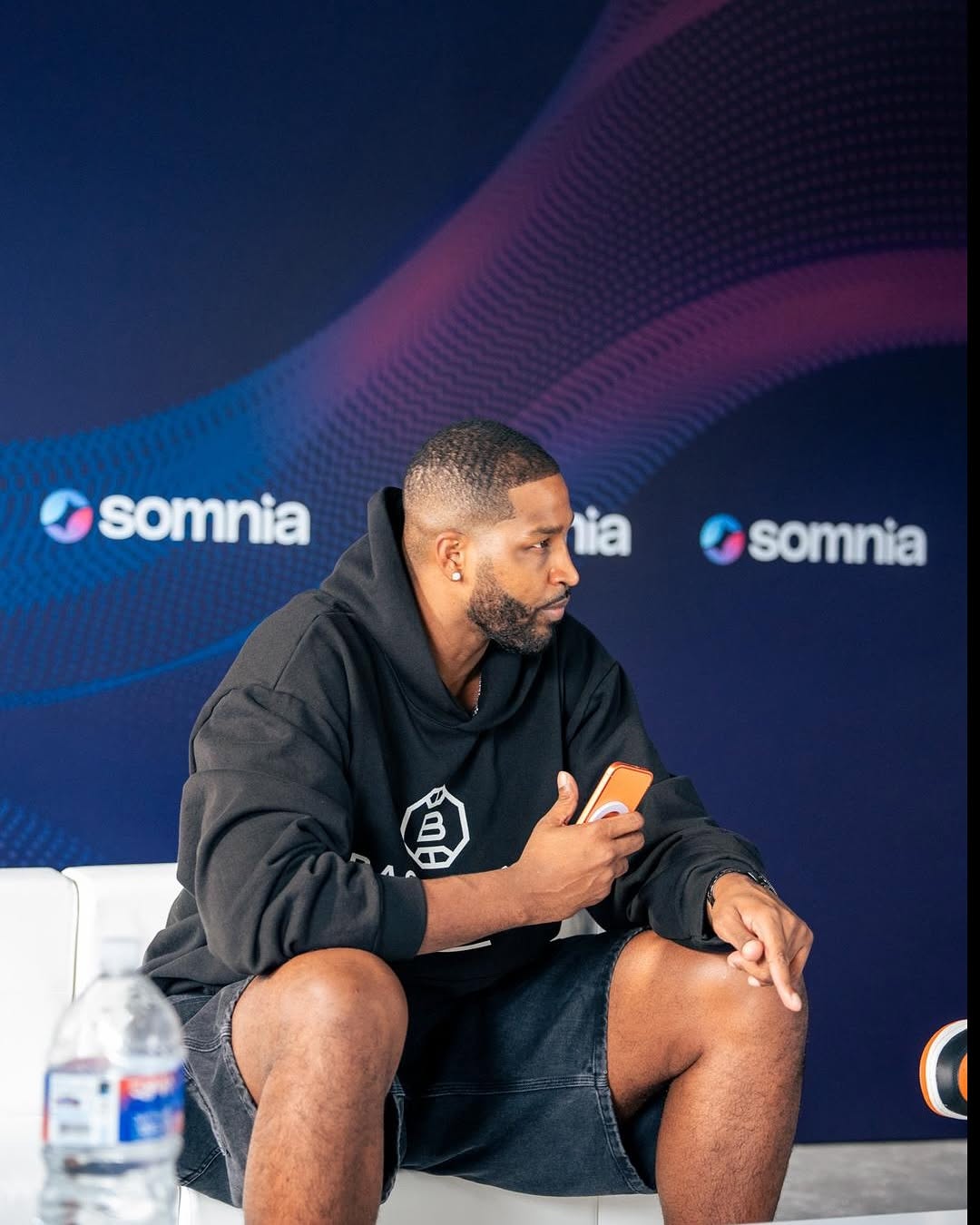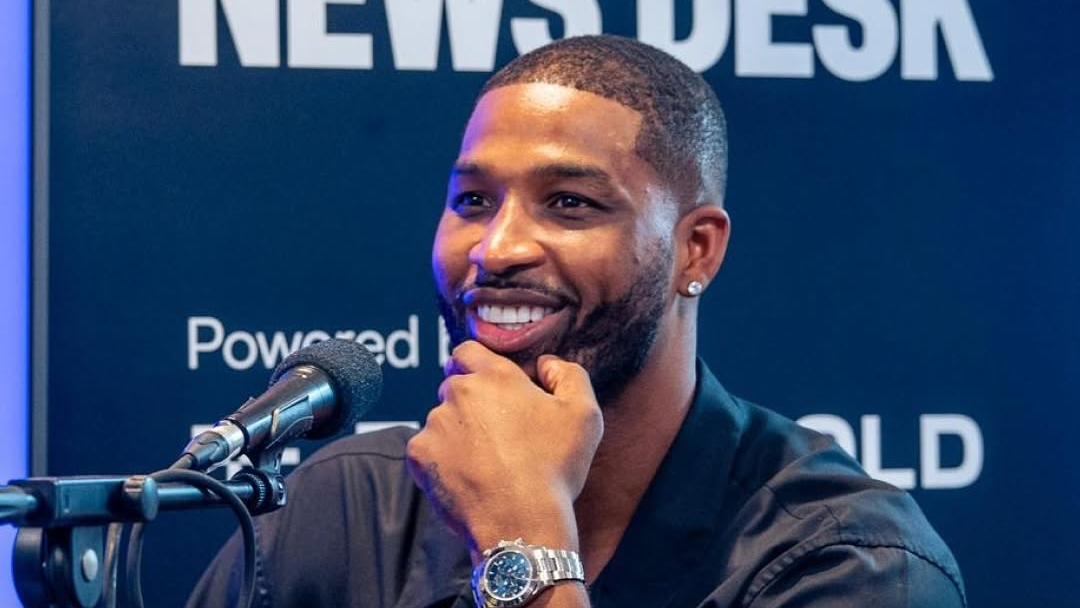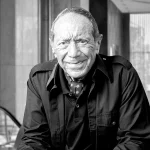Tristan Thompson and World Mobile’s “Uplift” Network—A Game‑Changer for Communities
From Hardwood to High-Tech: Tristan Thompson’s Bold Move
NBA champion Tristan Thompson is no longer just making headlines for his game—it’s his latest venture off the court that’s turning heads. He’s partnered with telecom innovator World Mobile to launch an ambitious new project called Uplift, a community‑owned mobile network that blends cutting‑edge blockchain tech with local infrastructure. The official announcement at TechCrunch Disrupt 2025 has sparked excitement and conversation across tech and sports circles. TechCrunch+1
Uplift is designed to flip the script on traditional telecom models—users don’t just subscribe, they participate. As Thompson puts it, “Technology should empower people, not just price them out.” With Uplift, he adds, “We’re giving communities ownership of the networks that serve them.”
What Is Uplift? Affordable Data, Shared Ownership
At its core, Uplift offers unlimited data plans starting at US $9.99 per month, a price point that immediately grabs attention in an industry known for high costs and confusing plans. Every subscription not only connects the user—it supports the build‑out of local network nodes.
Communities can host AirNodes, infrastructure units that bring connectivity into underserved neighbourhoods. These AirNode operators earn revenue as the network grows. Meanwhile, blockchain technology underpins the architecture, ensuring transparent, decentralised operations. According to World Mobile, the U.S. pilot “brought about 20% of Reno back online” through this model. TechCrunch
By turning subscribers into stakeholders, Uplift positions itself as a fresh alternative to the “big carrier” model that leaves many regions under‑connected and over‑charged.
Why This Reshapes Telecom and Digital Equity
The significance of Uplift goes beyond tech—it’s a statement about power, ownership and access. Traditional telecoms rely on massive towers, long permitting processes and centralised control. Uplift instead uses micro‑infrastructure embedded in communities, giving locals a stake in their connectivity.
For Thompson, whose childhood and athletic trajectory have been shaped by hard work and opportunity, this is personal. His move into telecom reflects his broader mission of expanding access and participating in meaningful change.
Industry insiders note the potential: “When sports stars move into telecom infrastructure, you know the disruption isn’t far behind.” With celebrity influence, blockchain transparency and a mission of community ownership, Uplift represents one of the most disruptive telecom models in years—and it’s happening now.

@realtristan13
Business Strategy: Celebrity + Tech + Impact
From a business standpoint, Uplift ticks multiple boxes. It brings together celebrity capital (Tristan Thompson), disruptive tech (decentralised infrastructure + blockchain) and social impact (closing connectivity gaps). For investors and operators alike, that’s a powerful combination.
The network promises dual returns: financial—as communities host infrastructure and earn revenue—and social—as underserved areas gain reliable access to internet services. According to analysis reviewed by CEO Today, this approach could establish a new blueprint for “community‑owned mobile networks” globally.
With Thompson as Chief Digital Equity Officer at World Mobile, the alignment is intentional: his role includes driving awareness, building partnerships, and expanding the initiative into underserved markets. Business Wire
Launch & Scale: What’s Next for Uplift
Uplift will initially focus on pilot regions where connectivity is weakest and data costs are highest—particularly in Africa and emerging markets. But the roadmap doesn’t stop there. Once proven, the model is ripe for expansion into developed markets where urban “connectivity deserts” exist.
World Mobile is already hosting virtual town‑halls and exhibitions to recruit AirNode hosts. The commercial launch is expected in the first half of 2026. Uplift aims to make its first major impact not just as a tech product, but as a social movement—a “network built by communities, for communities.”
Why This Matters Today
This isn’t just another telecom startup—it’s a cultural moment. Uplift blends celebrity, social justice and tech in a way that captures mainstream attention. For everyday consumers, it offers hope: affordable unlimited plans, and a stake in the infrastructure they use.
For the tech community, it’s a test: can decentralised telecom genuinely outperform legacy models? For investors, the question is whether this model scales. And for the public, the story is compelling: one of sport’s greats stepping into a mission‑driven tech play that could change how we all connect.
When the gavel falls on Uplift’s first nodes, the winners may be not just the early adopters—but the millions who finally gain access to the digital world on their own terms.
Your Top Questions About Tristan Thompson’s Uplift Network Answered
Q1: What is an “AirNode”?
An AirNode is a local network relay hosted by a community member. It enables connectivity and earns revenue as part of the Uplift network.
Q2: How much will Uplift cost compared to major carriers?
The unlimited data plan starts at US $9.99 per month—significantly lower than many available in underserved markets today.
Q3: Will Uplift launch only in emerging markets?
While initial roll‑out targets underserved regions in Africa and Asia, the model is designed to expand globally—including into developed countries facing connectivity gaps.














